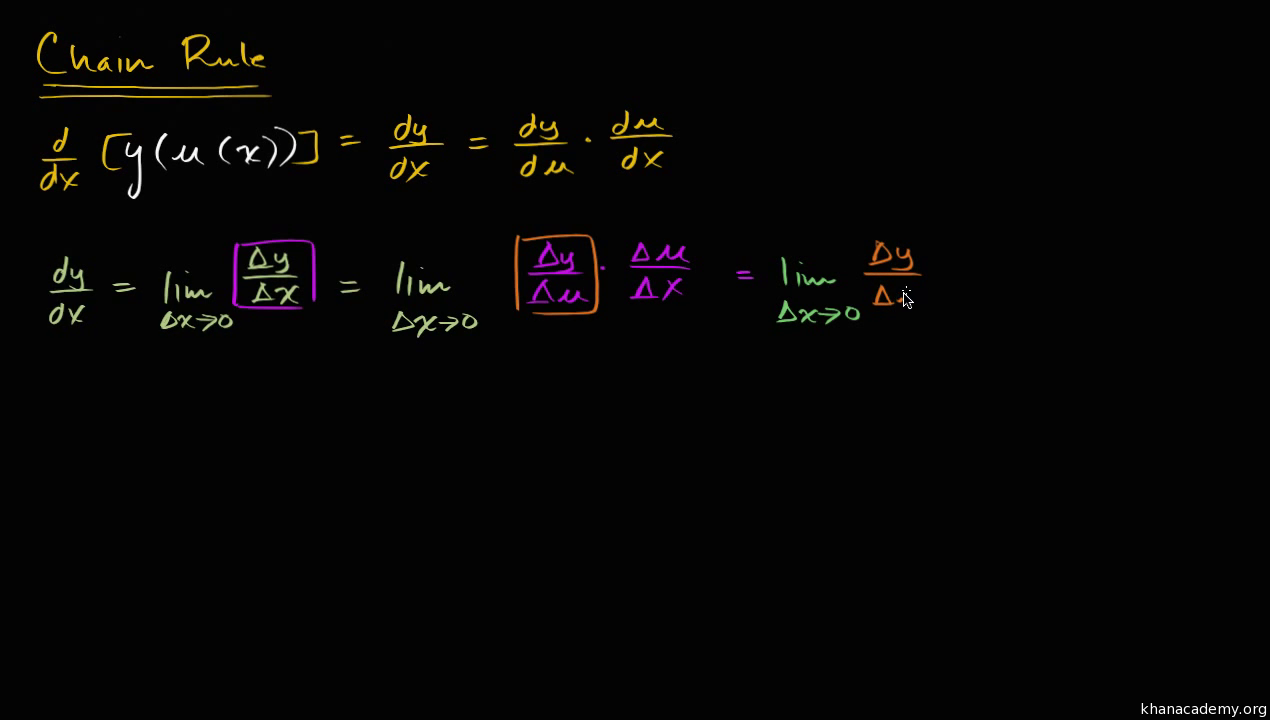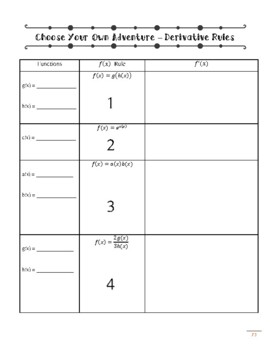- Unit 3 Derivative Rules Of Compositesap Calculus Solver
- Unit 3 Derivative Rules Of Compositesap Calculus Integrals
Day 3: The Chain Rule (continued) Day 4: Quiz (Topic 3.1) Day 5: Implicit Differentiation. Day 6: Implicit Differentiation (continued) Day 7: Differentiating Inverse Functions. Day 8: Differentiating Inverse Trigonometric Functions. Day 9: Higher-order Derivatives and Derivative Strategies. Day 10: Review Day. Day 11: Unit 3 Test. First Semester (Calculus AP) Syllabus A video tour of the curriculum Calculator doc/video listing Enrichment topics Rev 1 Adobe Flash Player is required to watch the videos. All information regarding Calculus 2-1 and 2-2 class. Unit 3: Derivatives Functions can be analyzed graphically by their limiting behavior and rates of change. At the conclusion of this unit, students will be able to: 1. Evaluate Derivatives 2. Find the equation of a tangent line. 4 weeks Unit 4: Applications of Derivatives. Download Packet: AP Calculus AB / IB Math SL Unit 3: Derivative Rules.
Unit 3 – Derivatives


_________________________________________________________________
Student Learning Objectives for Unit 3:


Unit 3 Derivative Rules Of Compositesap Calculus Solver
Upon completion of Unit 3, students will be able to
Unit 3 Derivative Rules Of Compositesap Calculus Integrals
- Conceptualize derivative presented graphically, numerically, and analytically.
- Interpret derivative as an instantaneous rate of change
- Calculate slopes and derivatives using the definition of a derivative.
- Graph f from the graph of f’, graph f’ from the graph of f, and graph the derivative of a function given numerically with data.
- Articulate and identify corresponding characteristic of graphs of f and f’
- Determine where a function is not differentiable and distinguish between corners, cusps, discontinuities, and vertical tangents.
- Approximate derivatives from graphs and tables of values
- Know derivatives of basic functions, including power, exponential, logarithmic, trigonometric, and inverse trigonometric functions.
- Use sum, product, quotient, chain rules to calculate derivative of composite functions.
- Use derivative to calculate the instantaneous rate of change.
- Use derivatives to analyze straight line motion and solve other problems involving rates of change.
- Articulate and identify corresponding characteristic of graphs of f, f’, and f”
- Use the graph of f” to identify the points of inflection and concavity of f.
- Use the graph of f’ to identify the local (relative) extrema and the increasing/decreasing behavior of f.
- Find slopes of parameterized curves
- Find derivatives using implicit differentiation.
- Find derivatives using the Power Rule for Rational Powers of x.
